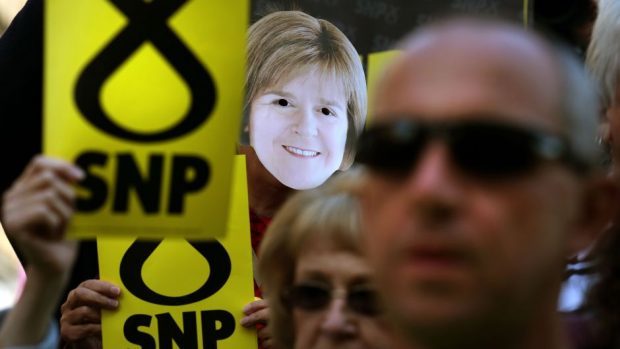The SNP has been accused of cobbling together old research to justify a sudden u-turn in ditching their support for a 50p tax rate.
Senior Labour MSP Jackie Baillie claimed the Nationalists ruled out the increase in the top rate for those earning £150,000 or more, based on a civil service paper that “contained no original research” on the issue in Scotland.
It has emerged the analysis of the impact of the 50p rate was produced in less than a week in March and was not based on new research.
Ms Baillie said: “It’s right that when our public services are facing cuts, we should ask those people who earn over £150,000 to pay a little more in tax.
“The First Minister gave the impression that extensive research had been conducted by the Government to justify freezing the top rate of tax.
“It now appears that was a fiction. With the next Scottish budget approaching, she needs to urgently revisit this issue and listen to our calls for a 50p tax rate to invest in education.”
A spokesman for the Scottish Government said they had “studied the implications of different policy options in detail over many years”.
He added: “The date of the commission of the particular analysis document does not reflect when the Scottish Government started thinking about its income tax policy.
“The Chancellor announced changes to UK income tax rates on March 16. Therefore, final analysis of Scottish Government proposals was commissioned on March 17, drawing on internal Scottish Government research and analysis undertaken over a number of years.
“This was informed by a broad range of external evidence and research, and the Scottish Government confirmed its proposals on March 22.”
